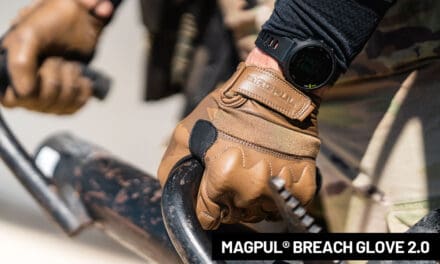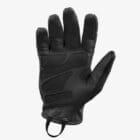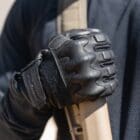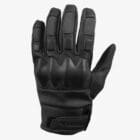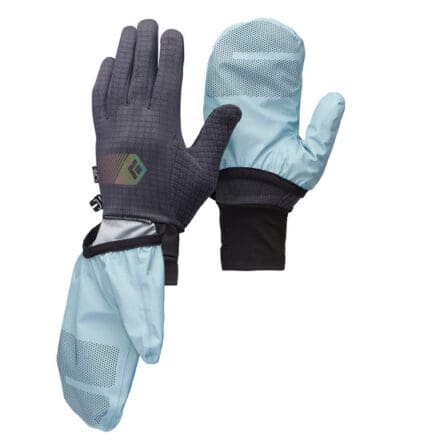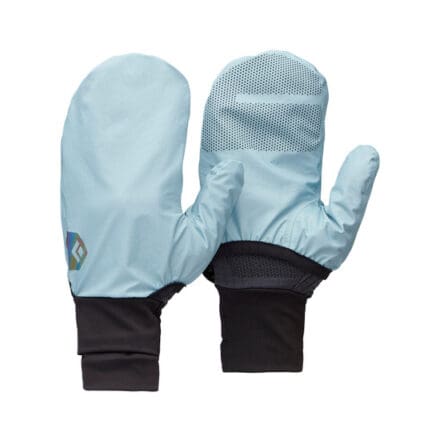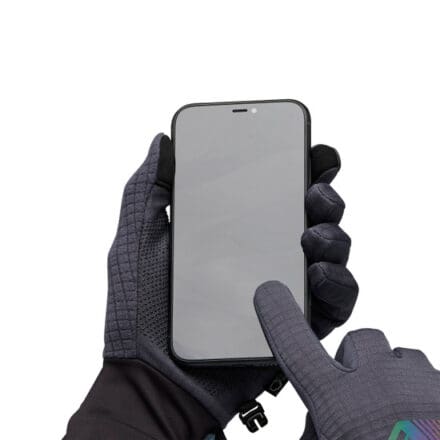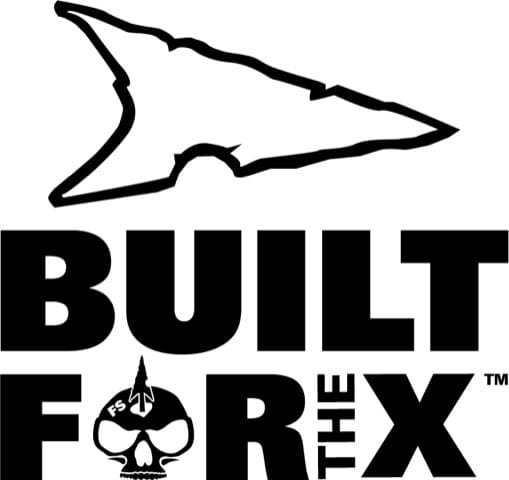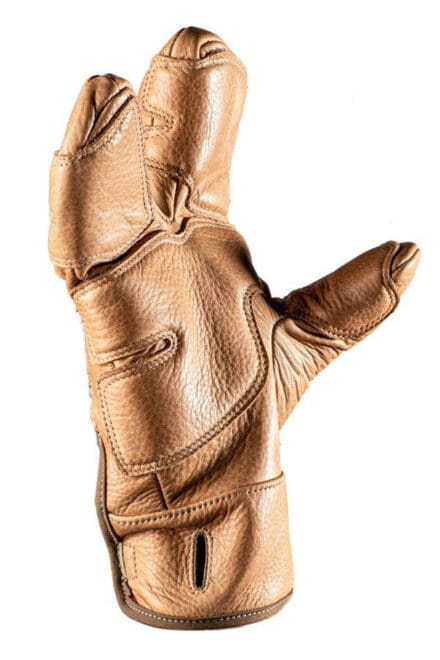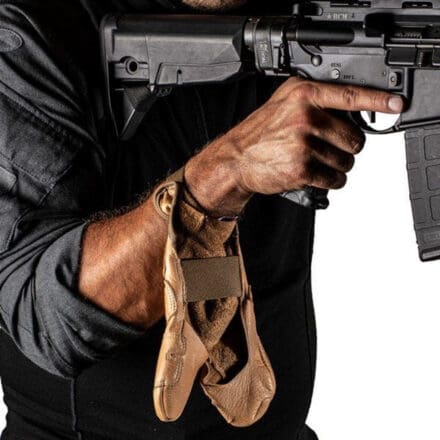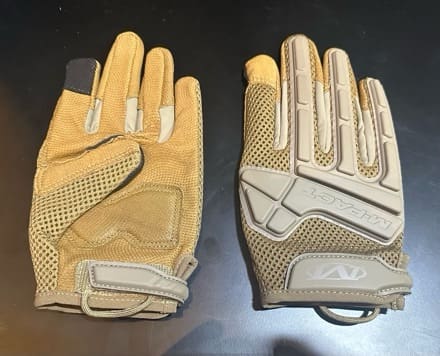
The Berry Compliant M-PACT glove from Mechanix Wear is the same glove you known and rely on, but Made in USA with US materials.
Features:
– G-Form SmartFlex advanced padding technology that stiffens, absorbs, and redistributes the energy from an impact minimizing potential injuries.
– Quick-drying and breathable mesh keeps hands cool and comfortable.
– Digitally textured goat skin leather palm infused with a moisture management technology, reducing absorption of water and sweat while staying soft and form fitting.
– Touch screen compatible index finger and thumb.
– Ergonomically designed and vibration reducing palm patch.
– Molded silicone wrist strap for secure fit.
– Carabiner loop for storage and drying.
Available in Coyote, sizes Small – XLarge.
www.mechanix.com/us-en/taa-gloves/GVMP-B72


